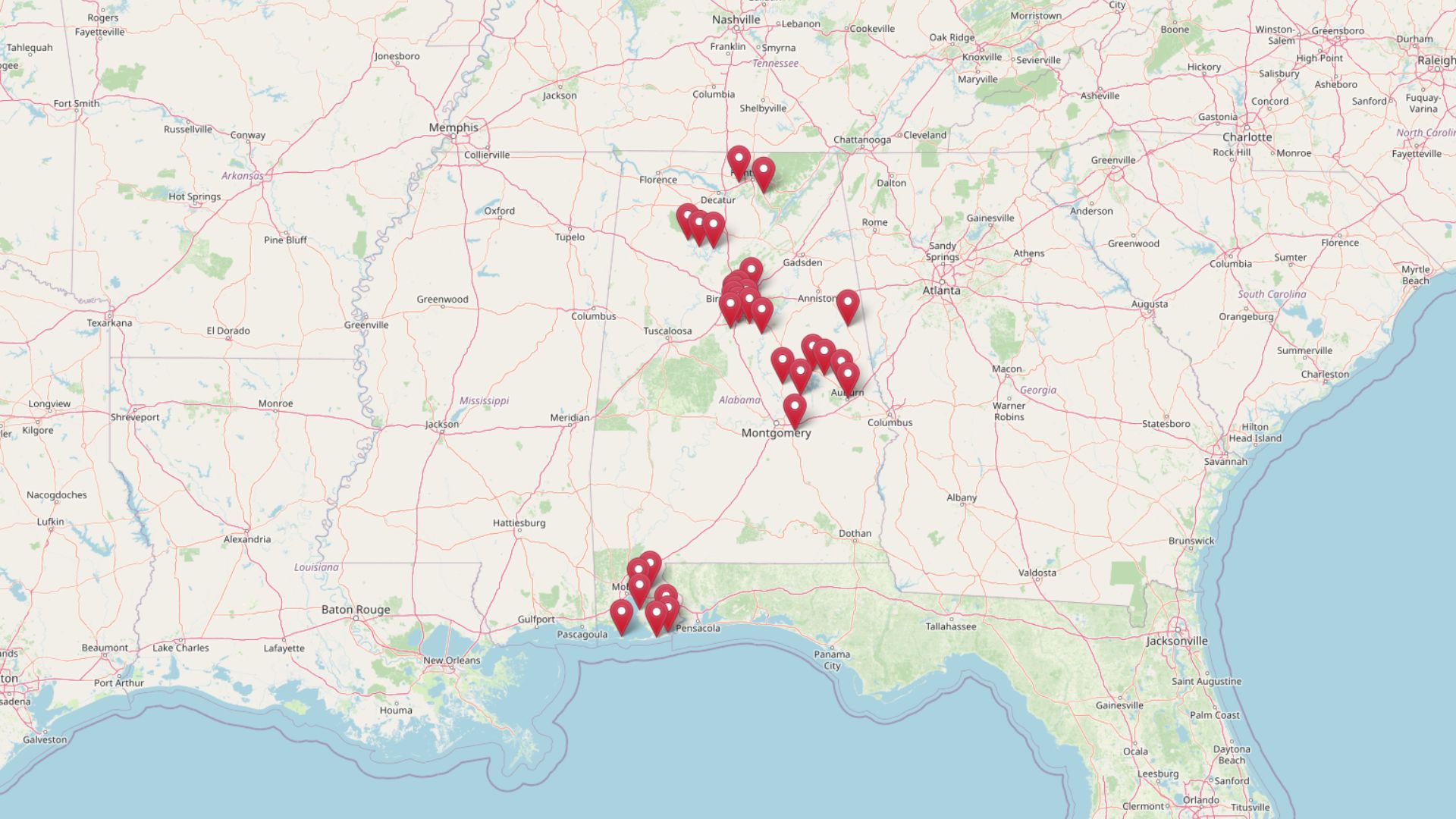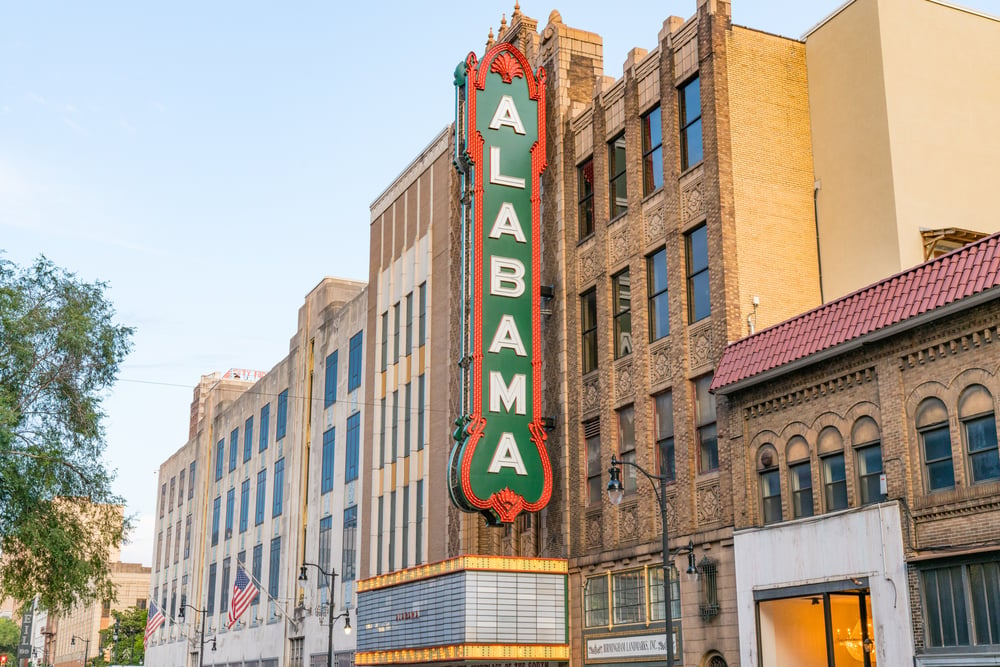
Alabama’s diverse landscape encompasses everything from bustling industrial cities to quiet rural communities, each facing unique challenges when it comes to property crime. The state’s burglary rate of 456 per 100,000 residents reflects broader patterns influenced by economic conditions, geographic factors, and demographic shifts. Economic hardship remains a significant driver, with areas experiencing higher unemployment rates and lower median incomes consistently showing elevated property crime rates.
Methodology: Rankings are based on the most recent FBI Uniform Crime Reporting (UCR) and National Incident-Based Reporting System (NIBRS) data, focusing on burglary incidents per 100,000 residents for cities with populations of 10,000 or more. Tie-breakers were determined using multi-year crime trends and contextual factors such as economic conditions and geographic location. Data sources include BeautifyData’s analysis of Alabama crime statistics, supplemented by local crime profiles for verification.
30. Russellville

Russellville’s role as a Colbert County seat in northwest Alabama brings regional traffic and economic activity, but the city struggles with challenges following traditional manufacturing decline. Its burglary rate sits at 252 per 100,000, with proximity to the Tennessee River and major highways creating opportunities for transient criminal activity targeting both residential and commercial properties.
29. Troy
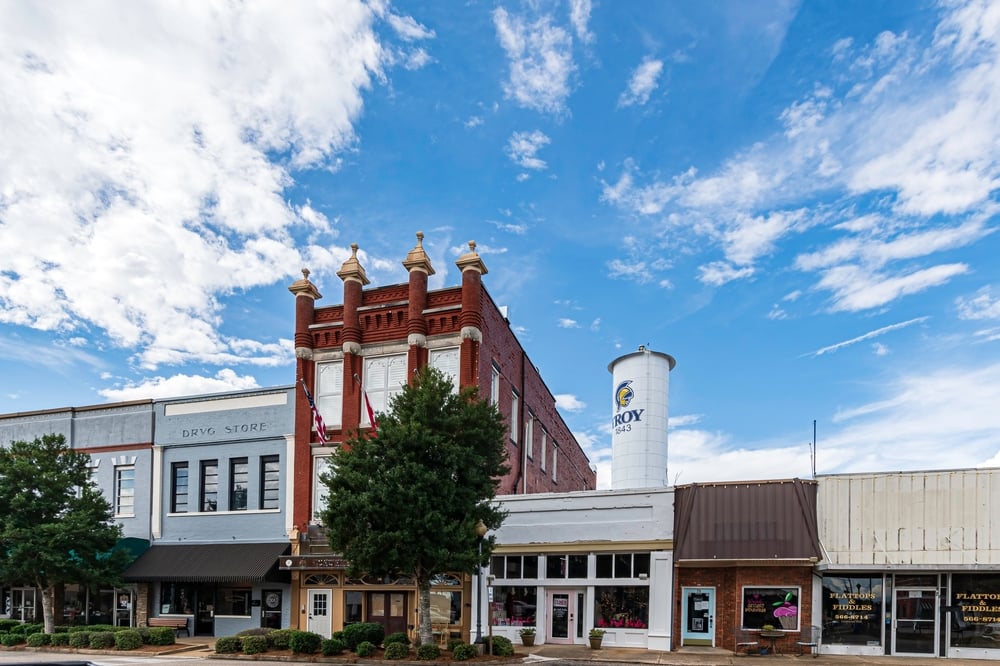
Troy’s identity as home to Troy University makes this Pike County community a regional education center with significant student populations. Unfortunately, its burglary rate reaches 252 per 100,000, with seasonal fluctuations during summer months when student housing sits vacant and limited year-round economic opportunities contribute to elevated property crime.
28. Prattville

Prattville’s position as an Autauga County city near Montgomery has attracted suburban development and commuter families seeking proximity to the state capital. However, its burglary rate stands at 255 per 100,000, with suburban sprawl creating isolated neighborhoods with inconsistent security and recent residential development outpacing law enforcement capacity.
27. Muscle Shoals
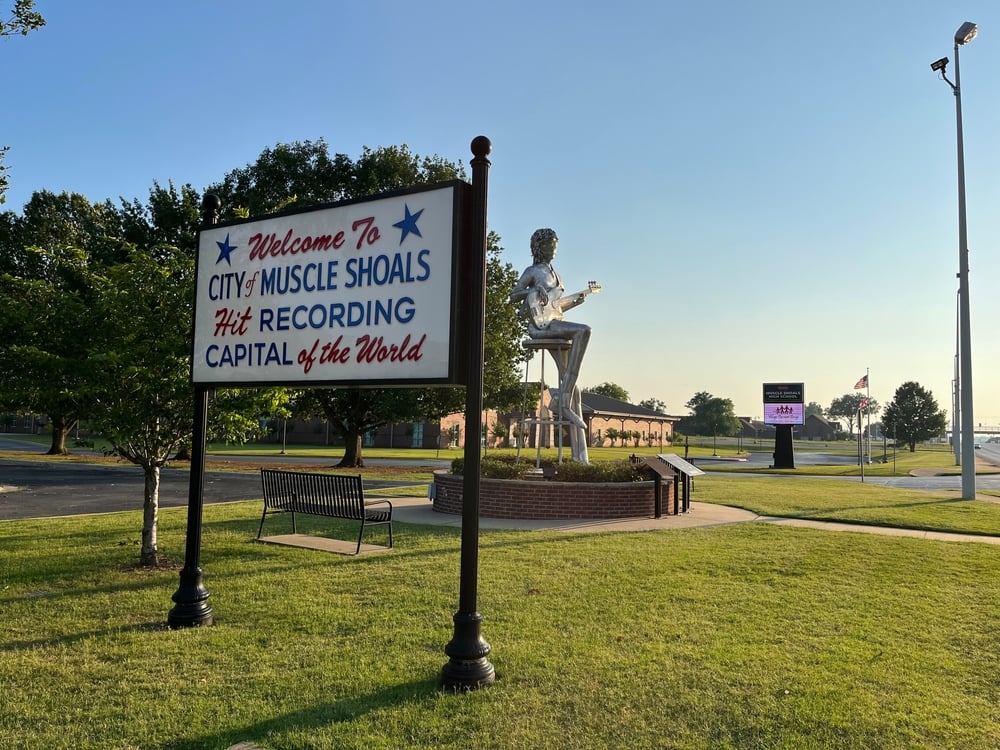
Muscle Shoals’ legendary music heritage and position in the Shoals metropolitan area attract tourists and music industry visitors to this Colbert County city. Unfortunately, its burglary rate reaches 259 per 100,000, with drug trafficking along nearby Interstate 65 and seasonal economic fluctuations making scattered residential areas difficult to protect.
26. Pell City

Pell City’s location along Interstate 20 east of Birmingham has transformed it into a popular bedroom community and lake recreation destination. However, its burglary rate sits at 265 per 100,000, with commuter neighborhoods, seasonal lake visitors, and easy highway access creating opportunities for burglars targeting upscale lakefront properties.
25. Opelika
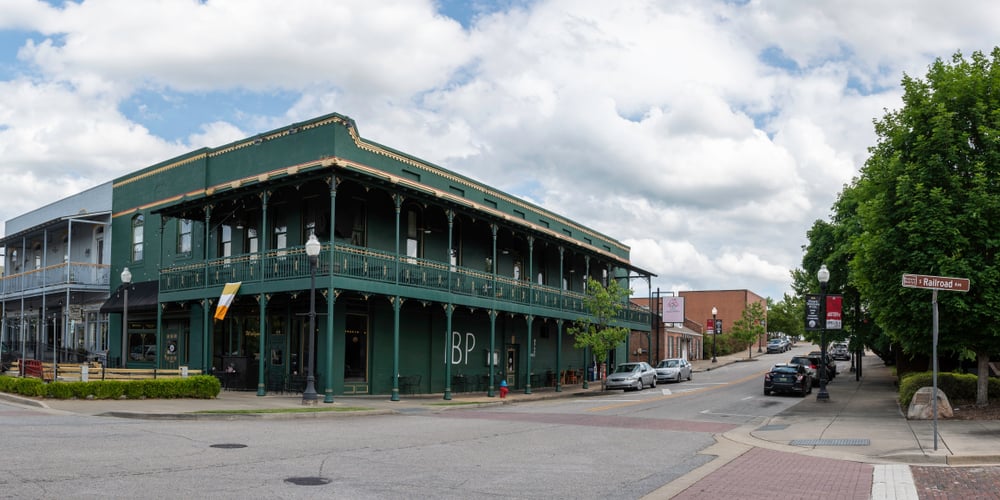
Opelika’s position as a Lee County city adjacent to Auburn University makes it a popular destination for students and university visitors. Unfortunately, its burglary rate reaches 270 per 100,000, with crime patterns influenced by the academic calendar and economic disparity between university-area neighborhoods creating targeted opportunities during academic breaks when properties remain unoccupied.
24. Decatur
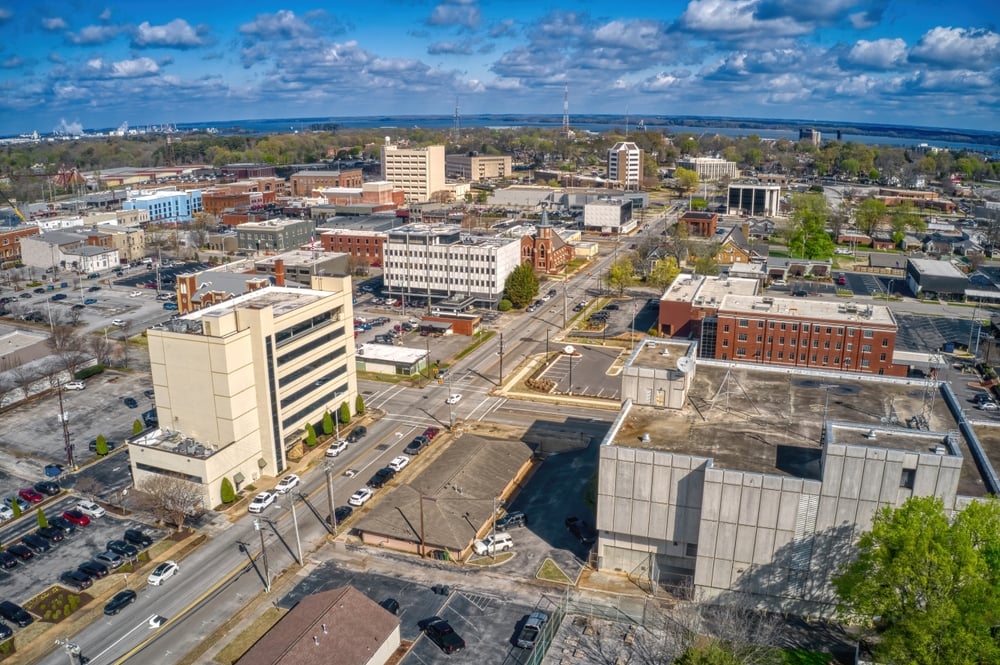
Decatur’s role as Morgan County’s largest city and its position along the Tennessee River makes it a regional transportation and commercial center. However, its burglary rate sits at 271 per 100,000, with industrial decline and drug trafficking networks attracting transient criminal elements while economic challenges in traditional manufacturing neighborhoods create vulnerable residential areas.
23. Florence
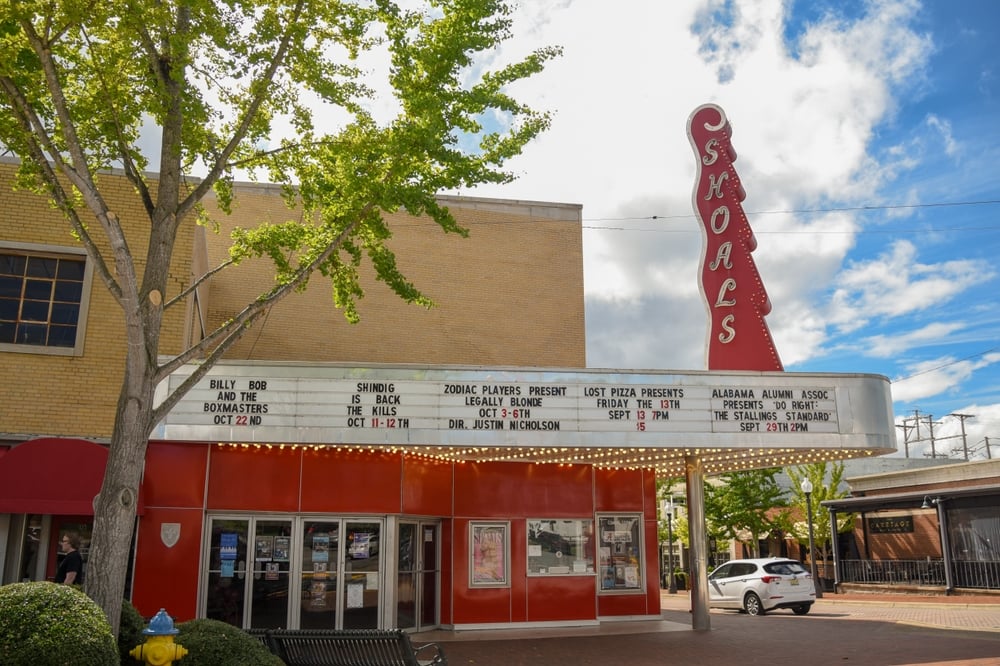
Florence’s status as the largest city in the Shoals region and home to the University of North Alabama makes it a regional commercial and educational hub. Unfortunately, its burglary rate reaches 277 per 100,000, with seasonal crime patterns tied to university activity and historic neighborhoods featuring older homes with outdated security systems that appeal to property criminals.
22. Tuscaloosa
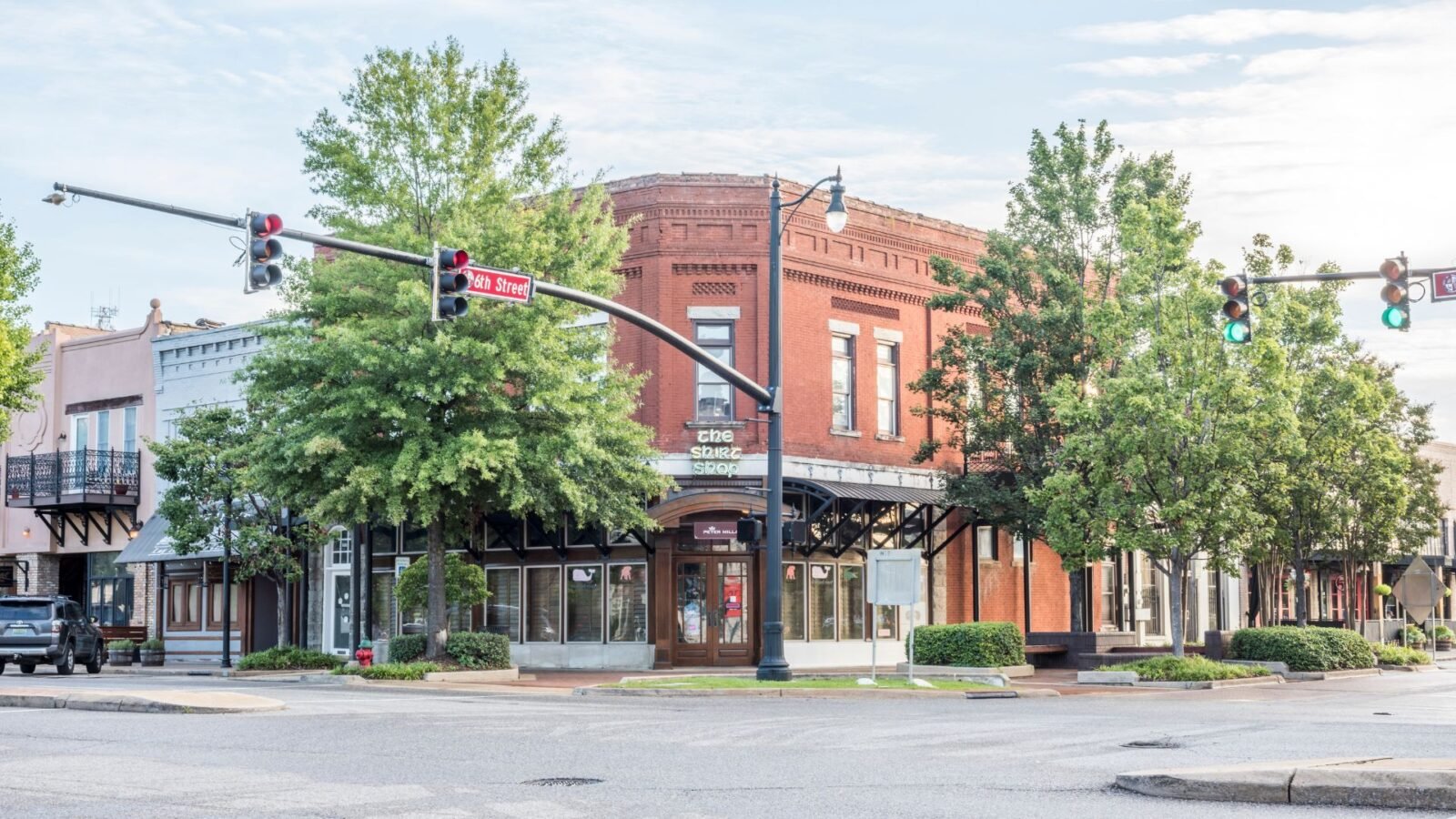
Tuscaloosa’s identity as home to the University of Alabama brings massive crowds during football season and creates a vibrant college town atmosphere. However, its burglary rate stands at 296 per 100,000, with significant spikes during football season and academic breaks as game day crowds and seasonal housing turnover provide cover for burglary operations targeting both student and permanent residences.
21. Hueytown

Hueytown’s position as a Jefferson County suburb southwest of Birmingham provides residents with access to metropolitan amenities while maintaining small-town character. Unfortunately, its burglary rate reaches 297 per 100,000, with spillover crime from the Birmingham metropolitan area and scattered older housing stock from its former mining community days creating security vulnerabilities.
20. Jacksonville
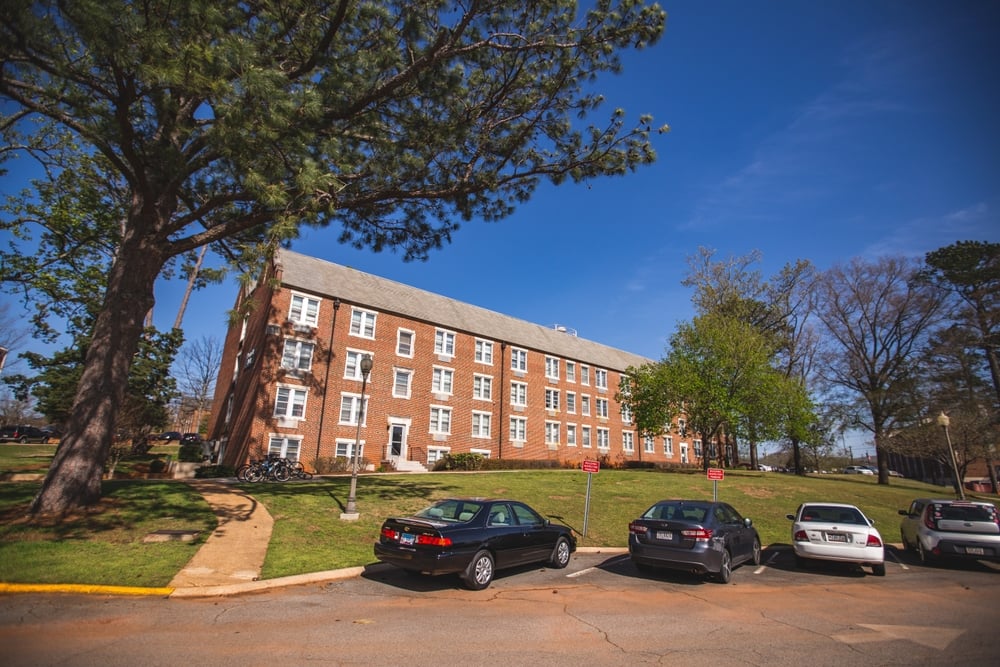
Jacksonville’s role as Calhoun County’s largest city and home to Jacksonville State University makes it an important regional educational center. Unfortunately, its burglary rate sits at 303 per 100,000, with economic transition challenges and student housing dynamics creating vulnerabilities, while military presence at nearby former Fort McClellan creates transient population effects and university rental properties often lack adequate security measures.
19. Fort Payne

Fort Payne’s reputation as the “Sock Capital of the World” reflects its historical importance in textile manufacturing, though this DeKalb County city has faced economic challenges as that industry declined. However, its burglary rate reaches 316 per 100,000, with rural location creating response time challenges for law enforcement while economic hardship and drug trafficking networks along nearby Interstate 59 contribute to elevated property crime.
18. Valley
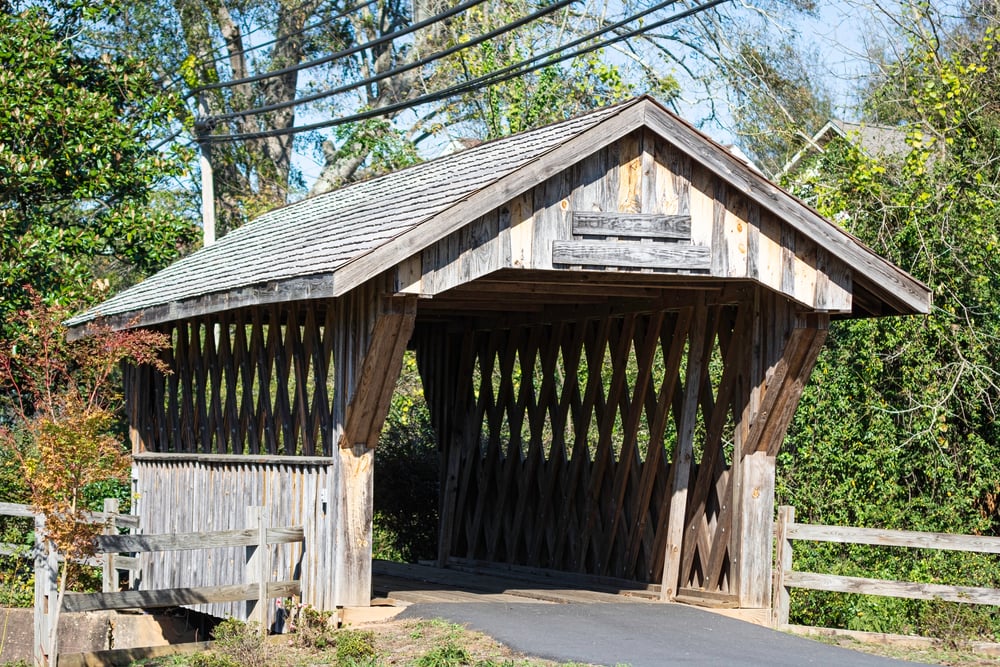
Valley’s location along the Georgia border in Chambers County provides access to interstate commerce and cross-state economic opportunities. Unfortunately, its burglary rate stands at 323 per 100,000, with cross-state criminal activity and economic challenges from industrial decline creating isolated neighborhoods in former textile mill communities, while proximity to Interstate 85 facilitates quick criminal escapes across state lines.
17. Irondale
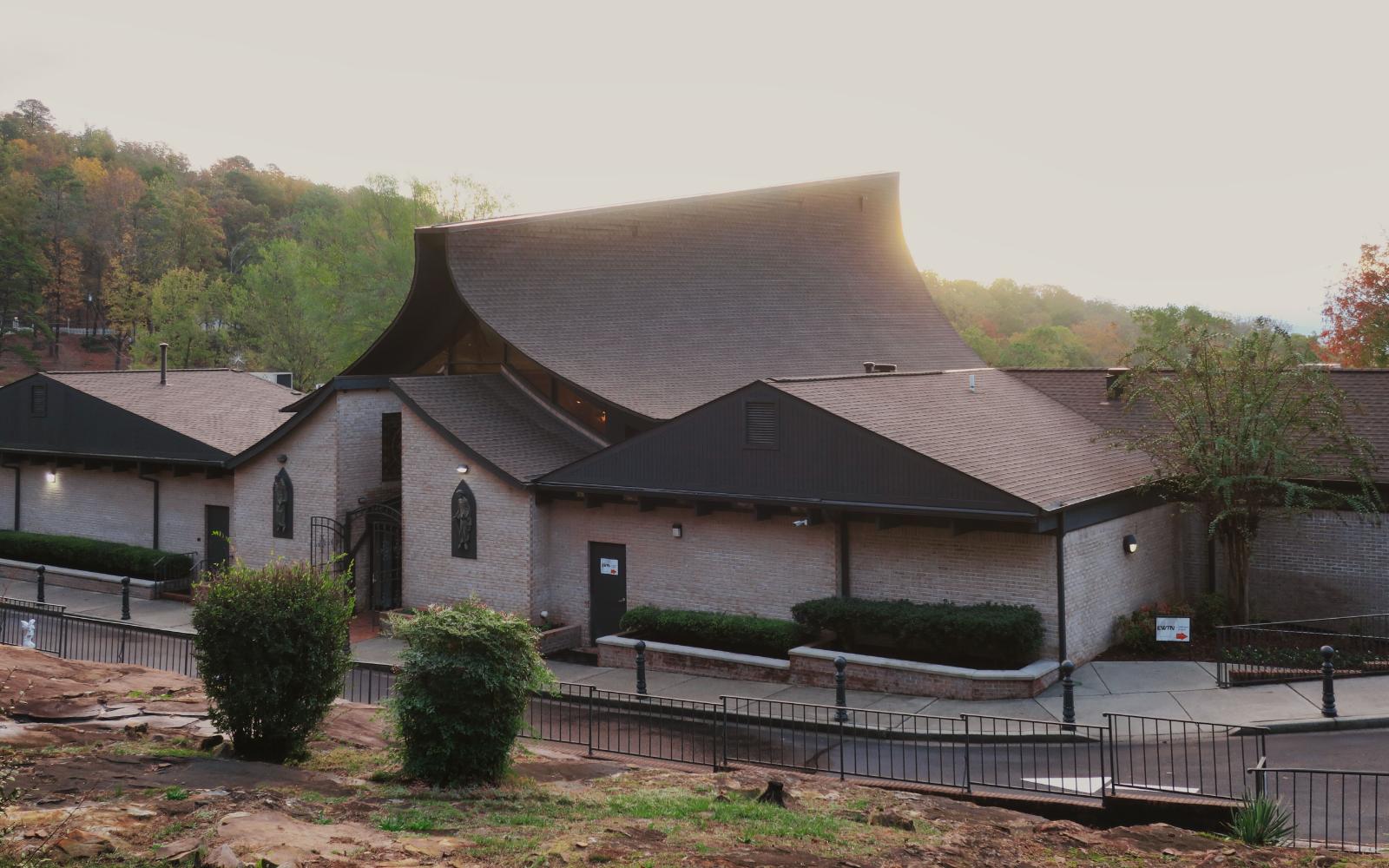
Irondale’s position in Jefferson County near Birmingham offers residents suburban living with metropolitan access and shopping opportunities. However, its burglary rate reaches 361 per 100,000, with urban crime spillover effects from Birmingham combined with suburban vulnerability, as the city’s mix of residential neighborhoods and commercial districts creates diverse burglary targets with major thoroughfare access providing criminal mobility.
16. Mobile

Mobile’s status as Alabama’s third-largest city and major Gulf Coast port makes it a crucial economic center with historic charm and maritime heritage. Unfortunately, its burglary rate sits at 370 per 100,000, with property crime challenges linked to economic inequality and drug trafficking networks, while historic neighborhoods with tourist attractions create opportunities for distraction burglaries and port-related transient populations contribute to sustained crime rates.
15. Sylacauga

Sylacauga’s reputation as a marble quarrying center in Talladega County gives this community a unique industrial heritage and scenic natural resources. Unfortunately, its burglary rate reaches 395 per 100,000, with property crime stemming from economic transition and drug-related activity, while rural setting creates scattered neighborhoods difficult to patrol effectively and historical reliance on industrial employment has created economic challenges.
14. Eufaula
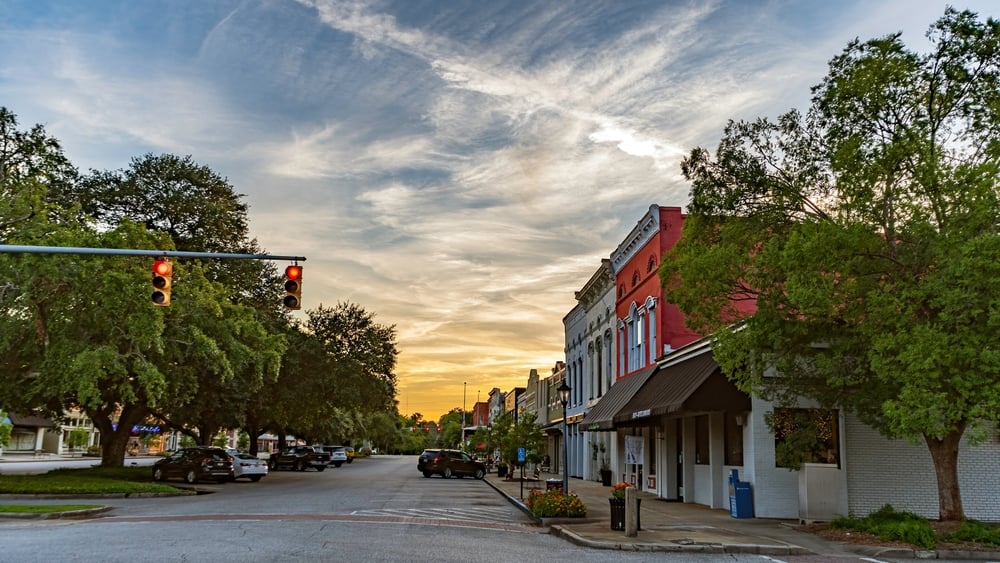
Eufaula’s picturesque location on the Georgia border along the Chattahoochee River makes this Barbour County seat a popular destination for Lake Eufaula recreation and historic tourism. However, its burglary rate stands at 404 per 100,000, with cross-state criminal activity and tourism-related property crime as seasonal visitors create vacant properties during off-peak periods, creating burglary opportunities in both residential and rental properties.
13. Jasper

Jasper’s role as Walker County’s largest city reflects its importance in Alabama’s coal mining region, though the community has faced economic challenges as that industry declined. Unfortunately, its burglary rate reaches 442 per 100,000, with property crime linked to coal mining industry decline and drug trafficking networks, while rural character creates isolated residential areas and proximity to Interstate 22 facilitates both local and transient criminal activity.
12. Enterprise
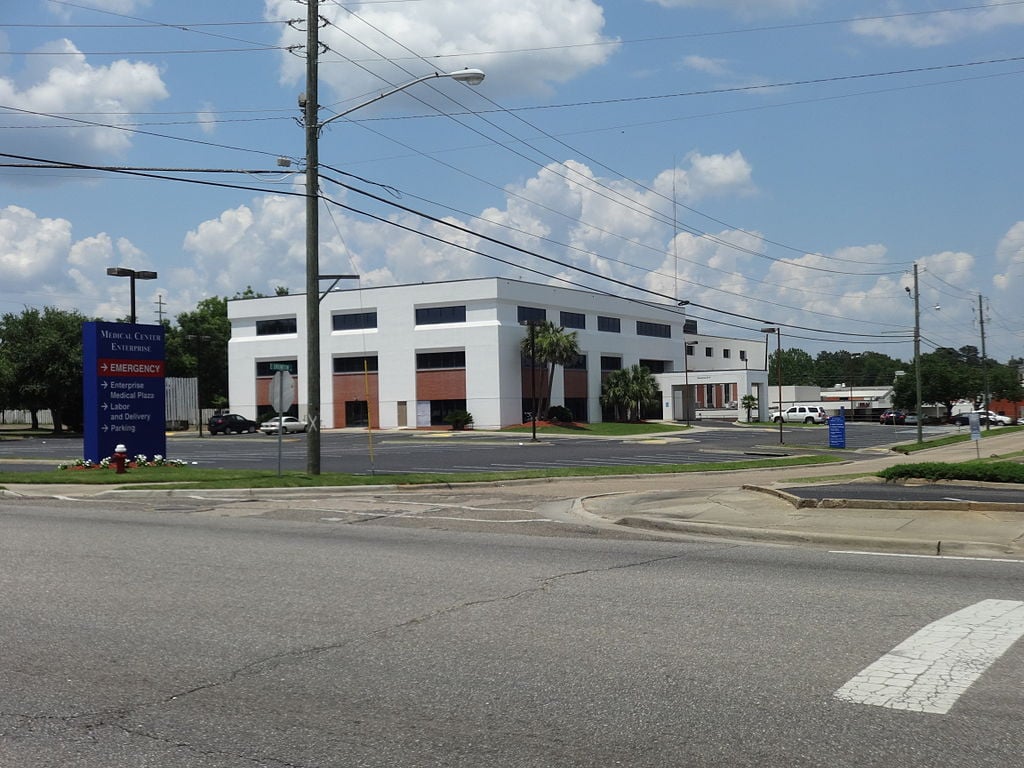
Enterprise’s proximity to Fort Novosel makes this Coffee County city an important military community with strong ties to agricultural production in the Wiregrass region. However, its burglary rate sits at 483 per 100,000, with property crime influenced by military population turnover and agricultural economic cycles, as frequent resident mobility creates security vulnerabilities and seasonal agricultural work brings transient populations targeting both military and civilian properties.
11. Athens
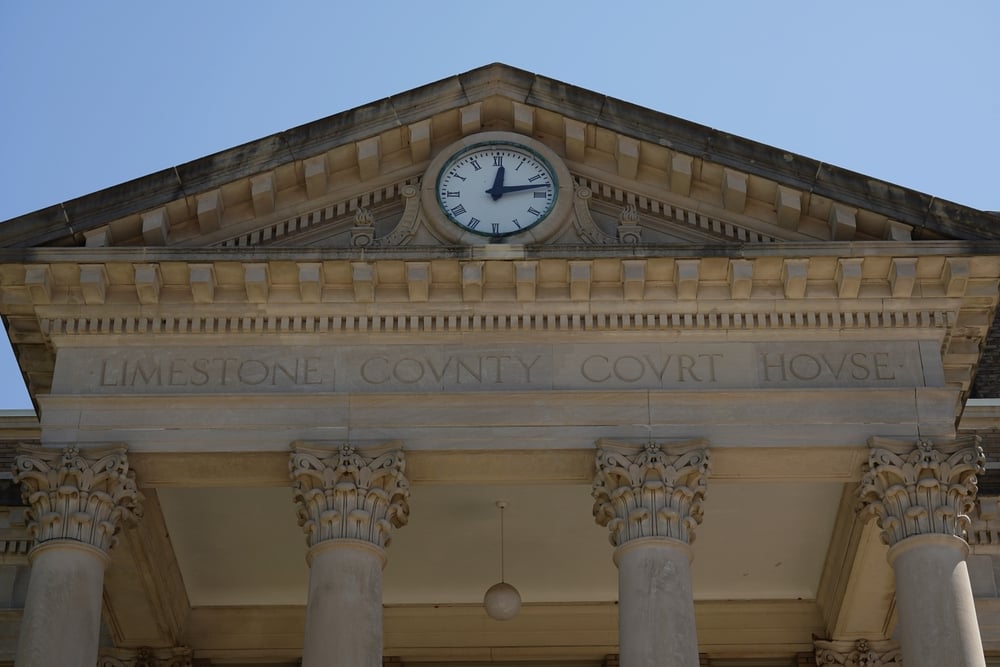
Athens’s position as Limestone County’s largest city and its proximity to Huntsville’s aerospace industry makes it an important regional manufacturing center. Unfortunately, its burglary rate reaches 509 per 100,000, with property crime related to industrial economic fluctuations and drug trafficking along nearby Interstate 65, while manufacturing plant shift changes create predictable absence patterns for residential burglaries and rural highways provide escape routes.
10. Phenix City

Phenix City’s strategic location across the Chattahoochee River from Columbus, Georgia, makes this Russell County city a gateway between the two states with vibrant cross-border commerce. Unfortunately, its burglary rate stands at 563 per 100,000, with cross-state criminal networks and military-related transient crime as Fort Moore’s proximity creates military housing targets, while state border location complicates law enforcement jurisdiction and enables criminal mobility.
9. Gadsden

Gadsden’s historic role as Etowah County’s largest city and former steel industry center makes it an important regional hub along the Coosa River. However, its burglary rate reaches 566 per 100,000, with property crime stemming from industrial decline and drug trafficking networks as former steel industry neighborhoods show economic distress patterns, while proximity to Interstate 59 facilitates criminal transportation and creates scattered vulnerable residential areas.
8. Selma
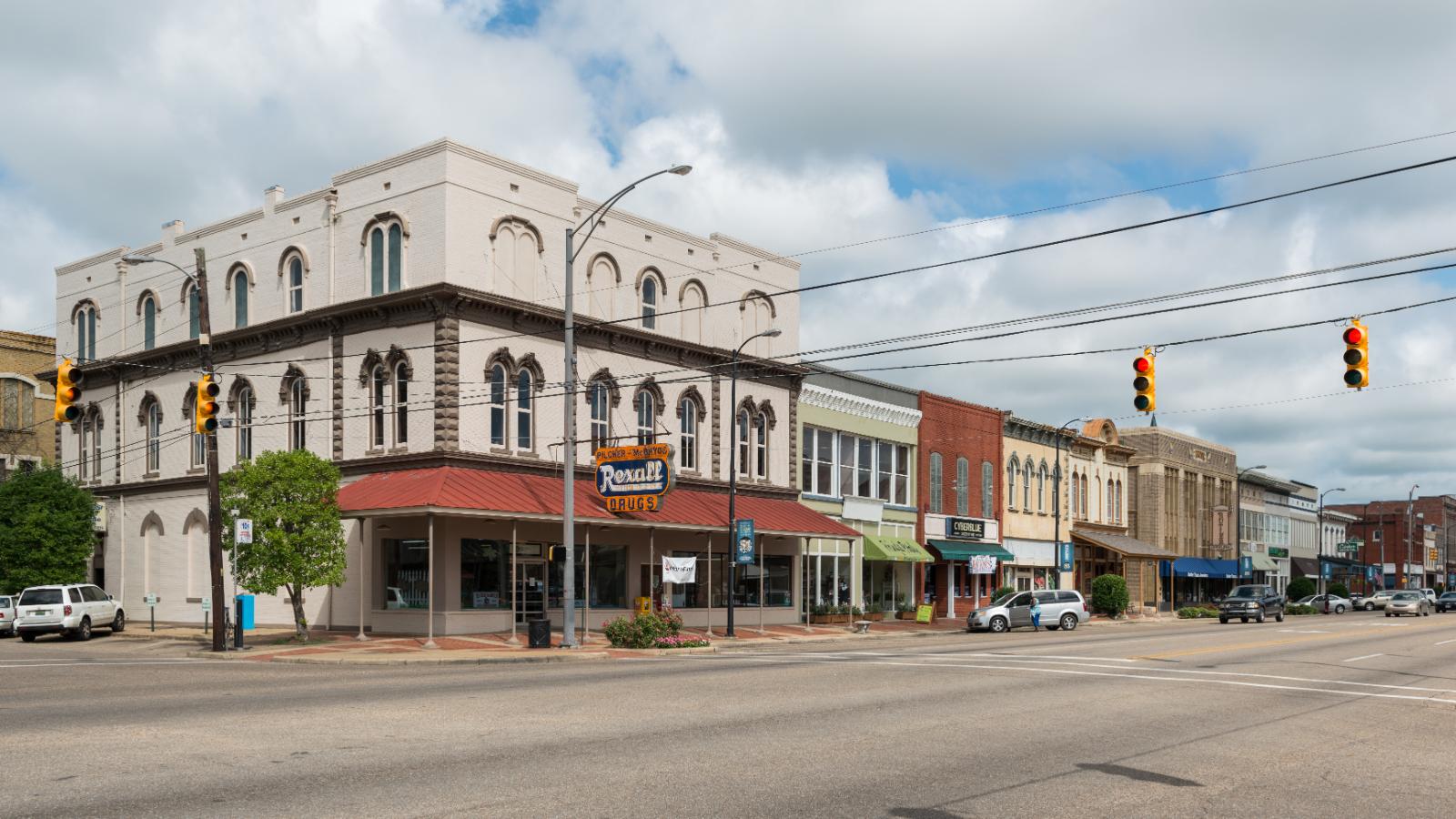
Selma’s profound historical significance as a civil rights landmark in Dallas County attracts visitors to this Alabama River city with important cultural heritage sites. Unfortunately, its burglary rate sits at 583 per 100,000, with severe economic challenges that correlate directly with elevated property crime rates as high poverty levels, limited economic opportunities, and aging infrastructure create conditions where tourism to historic sites provides additional targets for property criminals.
7. Dothan

Dothan’s position as Houston County’s largest city and the “Peanut Capital of the World” makes it a regional commercial center serving the Wiregrass agricultural region. However, its burglary rate reaches 604 per 100,000, with property crime linked to drug trafficking and economic inequality as its location near major highway intersections attracts transient criminal elements, while agricultural economic cycles and scattered suburban developments create varied burglary opportunities.
6. Talladega
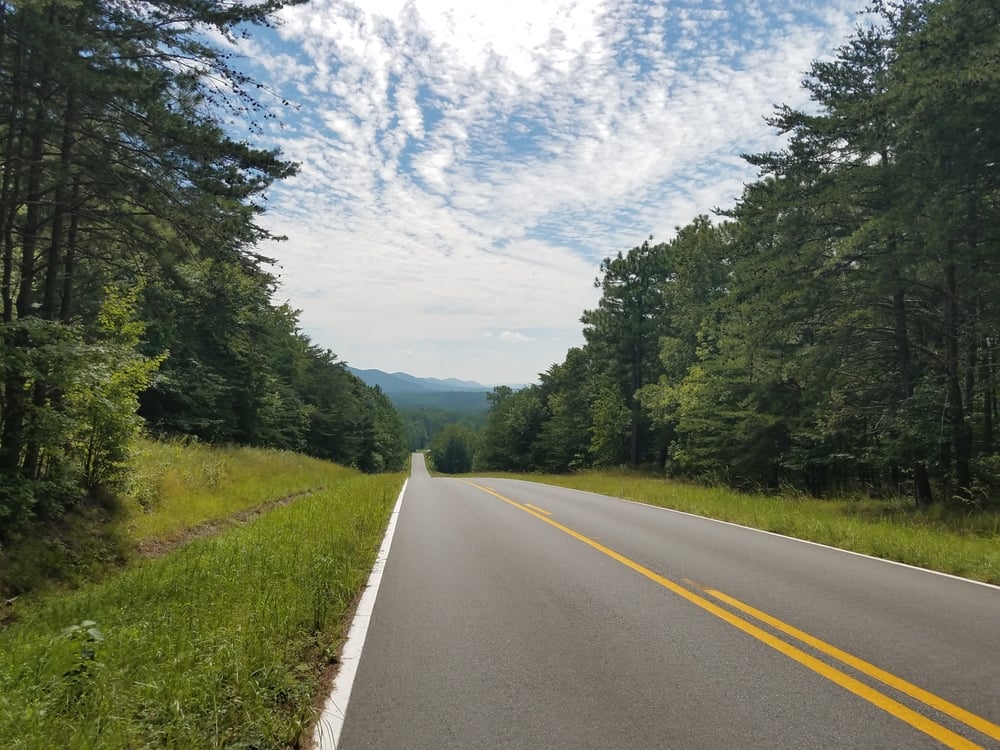
Talladega’s fame as home to the NASCAR Talladega Superspeedway makes this Talladega County city a nationally recognized destination for racing enthusiasts. Unfortunately, its burglary rate stands at 653 per 100,000, with crime spikes during major race events and tourism seasons as economic dependence on seasonal tourism creates vulnerability during off-peak periods, while race weekend crowds provide cover for property crimes targeting both visitor accommodations and local residential areas.
5. Prichard
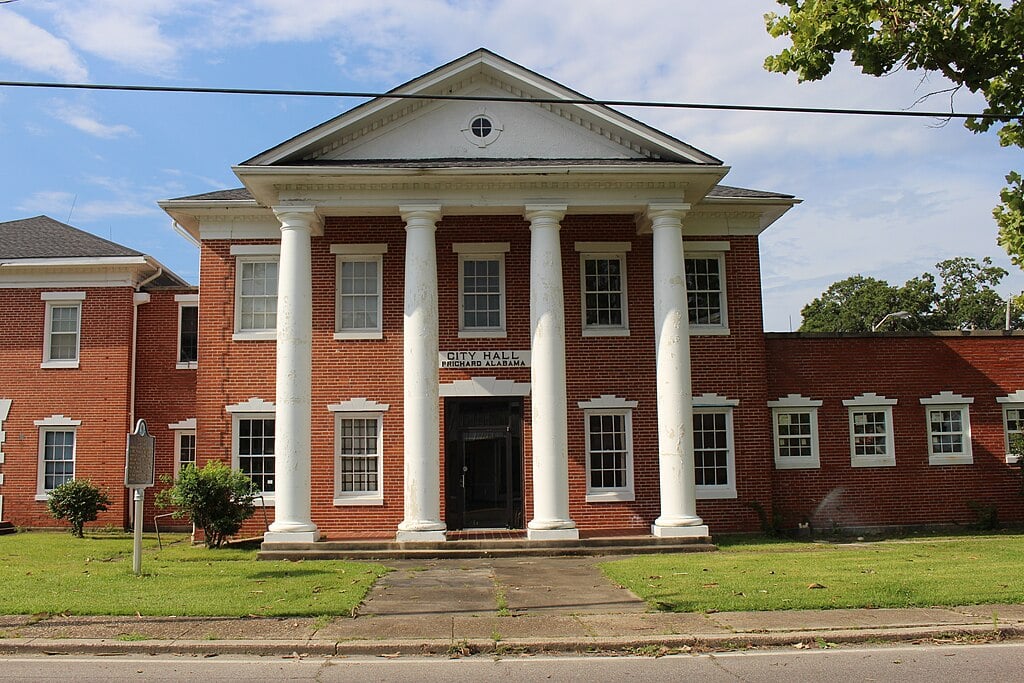
Michael Rivera, CC BY-SA 4.0, via Wikimedia Commons
Prichard’s location north of Mobile in Mobile County provides access to Gulf Coast commerce and transportation networks, though the community has faced significant economic challenges. Unfortunately, its burglary rate reaches 701 per 100,000, with severe economic challenges including high poverty and unemployment rates as former industrial community characteristics include deteriorating housing stock and limited economic opportunities, while proximity to Mobile’s port and interstate systems facilitates criminal activity and escape routes.
4. Birmingham
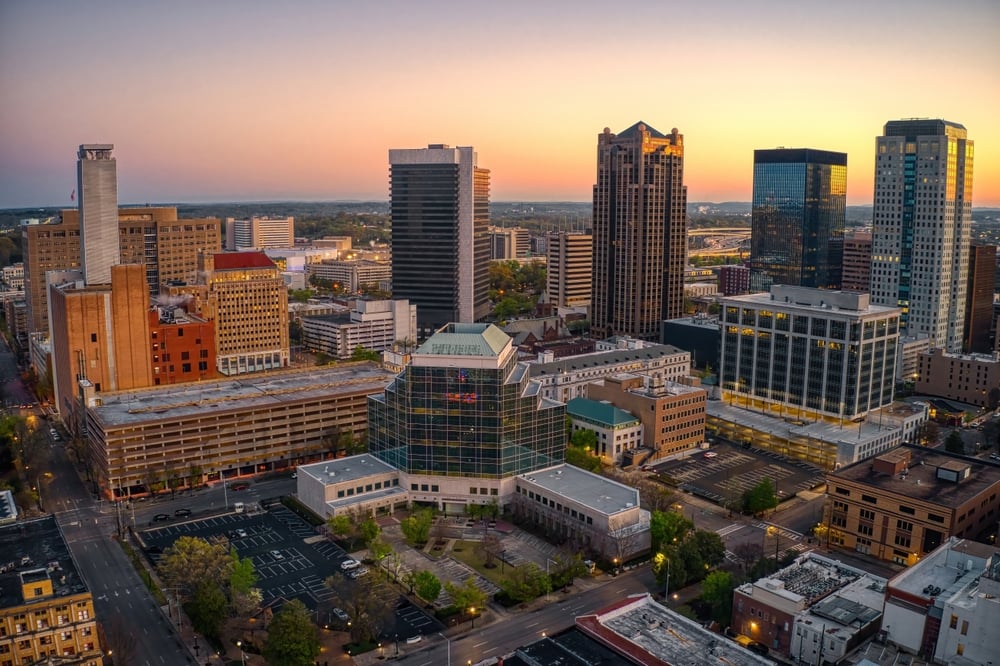
Birmingham’s status as Alabama’s largest city and historic “Magic City” makes it the state’s economic and cultural center with a rich industrial heritage. However, its burglary rate stands at 717 per 100,000, with property crime stemming from economic inequality, drug trafficking networks, and urban decay in certain districts as post-industrial neighborhood transitions create mixed housing conditions, while the city’s role as a regional transportation hub attracts criminal networks operating across state lines.
3. Bessemer
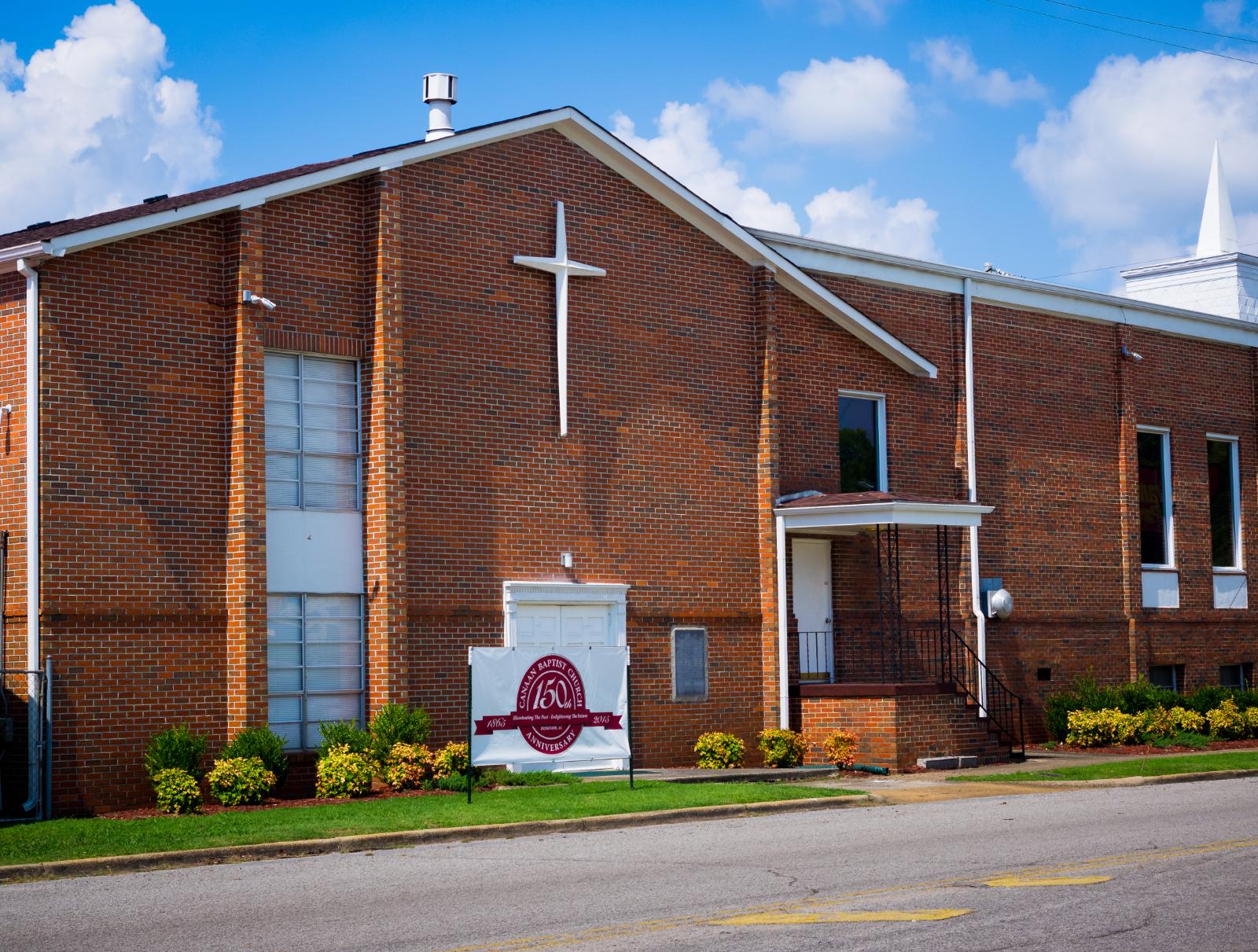
Bessemer’s history as a major steel production center in Jefferson County southwest of Birmingham reflects Alabama’s industrial heritage, though the community has struggled with economic transition. Unfortunately, its burglary rate reaches an alarming 1,152 per 100,000, with exceptional property crime challenges linked to severe economic decline and drug trafficking as former steel industry dependence has left neighborhoods with high vacancy rates and limited economic opportunities, while proximity to Birmingham creates spillover crime effects.
2. Anniston
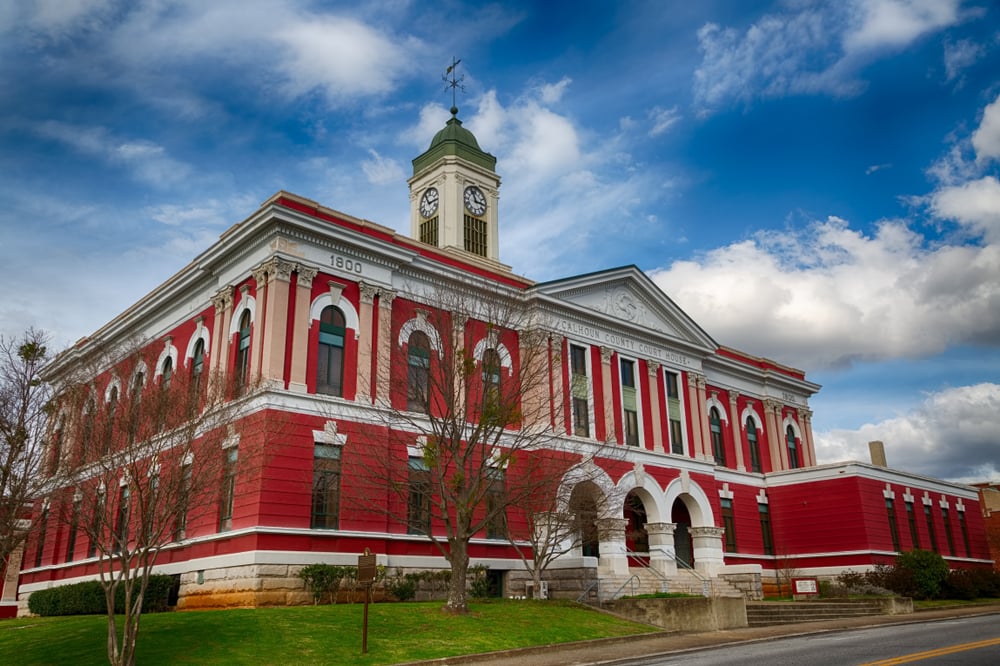
Anniston’s position as Calhoun County’s largest city and former home to Fort McClellan gives it strategic importance along major transportation corridors in eastern Alabama. However, its burglary rate reaches a severe 1,185 per 100,000, with exceptional property crime challenges exacerbated by Interstate 20 drug trafficking and former military base closure effects as Fort McClellan’s closure created economic disruption, while I-20 corridor location makes the city attractive to criminal networks.
1. Alexander City

Alexander City’s scenic location on Lake Martin in Tallapoosa County makes it a popular destination for recreation and tourism, with beautiful lakefront properties attracting visitors throughout the year. Unfortunately, its burglary rate tops the state at an exceptional 1,712 per 100,000, more than three times the state average, with Lake Martin tourism creating seasonal property vulnerabilities while textile industry decline has left economic devastation, as the combination of high poverty, limited law enforcement resources, and extensive lakefront properties creates ideal conditions for sustained property crime.
References
- FBI Uniform Crime Reporting (UCR) Program – National Incident-Based Reporting System (NIBRS), latest data.
- BeautifyData – Alabama Burglary Rates by City (2023).
- Alabama Law Enforcement Agency (ALEA) Crime Statistics and Trends Analysis
- Supplemental local crime profiles from NeighborhoodScout and AreaVibes for contextual verification
- Alabama Criminal Justice Information Center – Geographic Crime Distribution Analysis.




